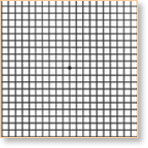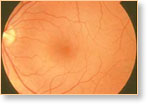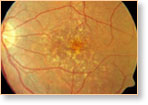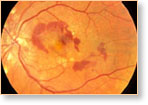Macular Degeneration
Macular degeneration is the most leading cause of severe vision loss in people over the age of 60. Although the precise cause remains unknown, it involves deterioration, or breakdown of the macula — the small part of the retina that enables people to see fine details. As this problem develops, patients find it difficult, if not impossible, to read regular sized print.
There are two basic forms of macular degeneration — known as 'wet' or 'dry'. The most prevalent form is the one called dry, or atrophic, and is caused by the aging and thinning of the macula's tissues. Vision loss in this form is usually gradual — but should be checked before damage becomes extensive.
While the wet form occurs in only about 10 - 20% of all macular degeneration cases, it can cause much more damage than the dry form. This form of macular problems is the result of abnormal blood vessels developing under the retina and then leaking fluid, which blurs and distorts vision.
It is vital to have early treatment for the wet form, if any significant part of central vision is to be retained.
If Dr. Uniat suspects macular degeneration, she will first check the patient's eyes with an ophthalmoscope and a microscope after pupil dilation, to check for possible deterioration.
If this examination confirms the suspicion of macular degeneration, Dr. Uniat will order detailed tests such as fluorescein angiography at the Royal Alexandra Hospital. Dr. Uniat's analysis of the test results will enable her to decide the most appropriate treatment. In the wet form of this disease, a modality of laser treatment is usually indicated.
Treatment of Age Related Macular Degeneration
A field of intense research in the treatment of macular degeneration lies within the use of a specific class of medications called Antiangiogenic agents. These drugs all work by causing a regression and stoppage of growth of the new blood vessels that develop under the retina in the wet form of Macular Degeneration. These medications include MACUGEN, AVASTIN, and LUCENTIS.
These medications are injected into the vitreous cavity of the eye every four to six weeks if necessary. They may be accompanied by Photodynamic Laser Treatment, known as PDT.














